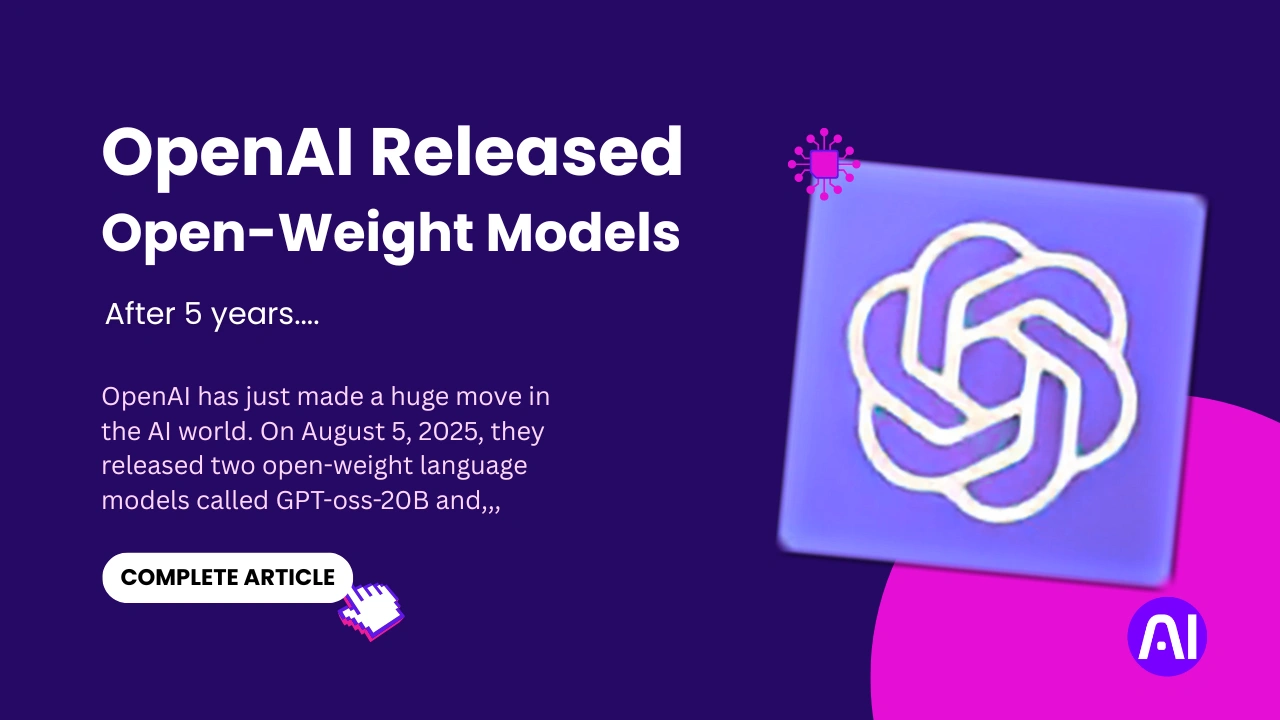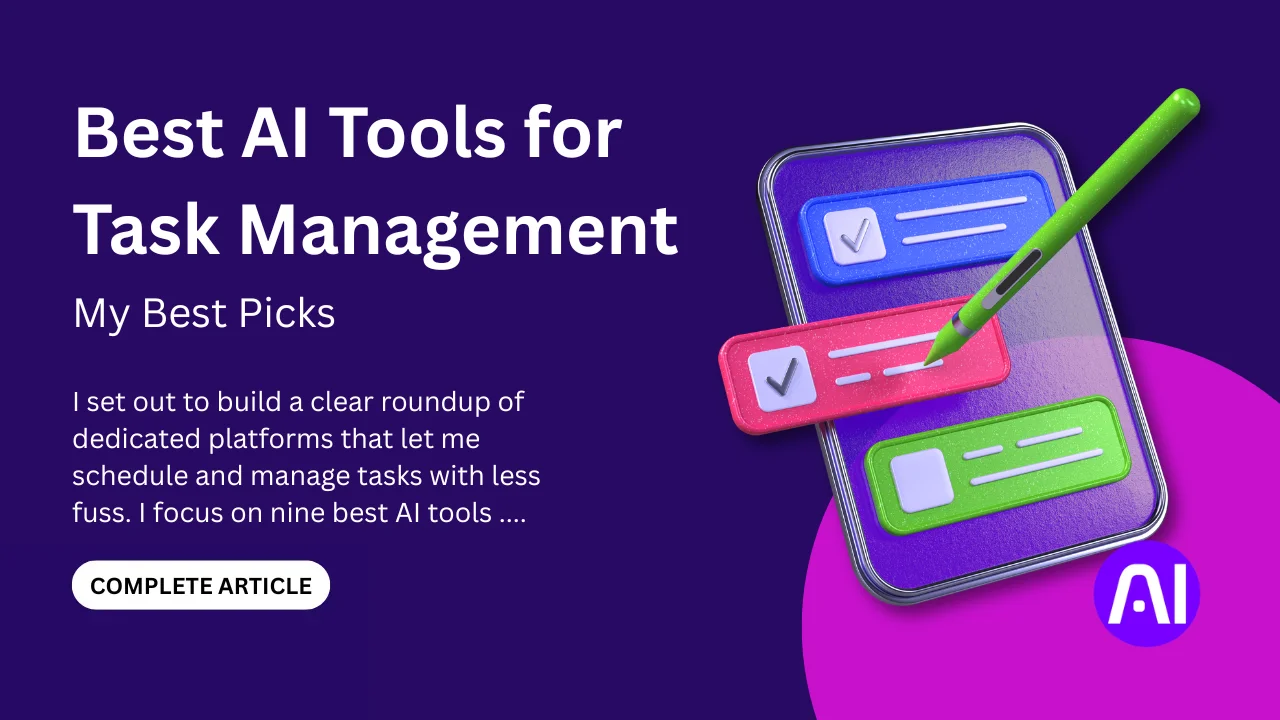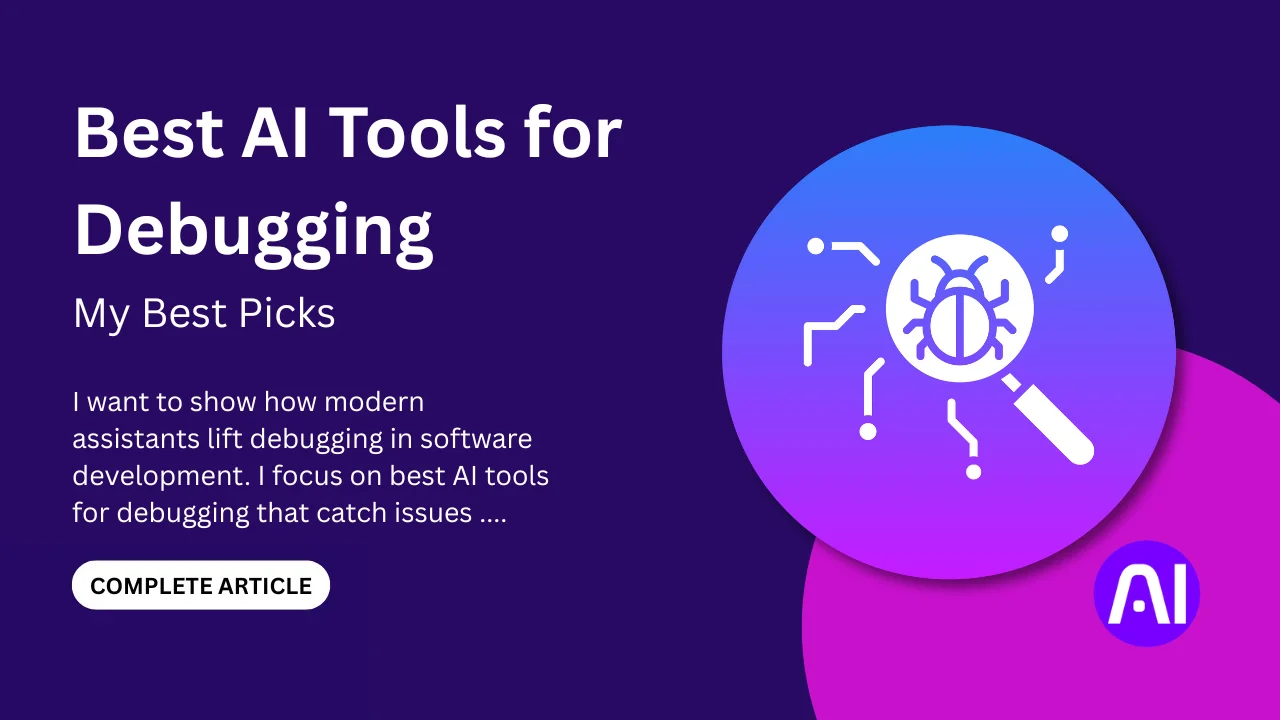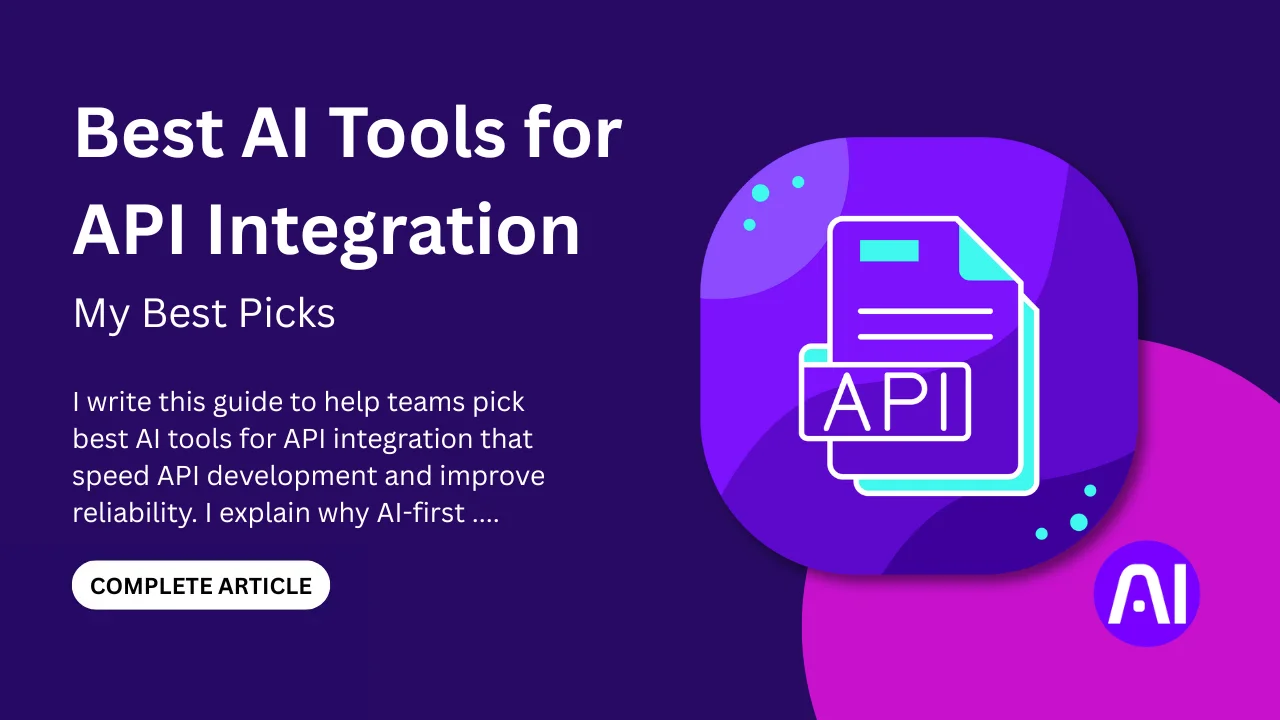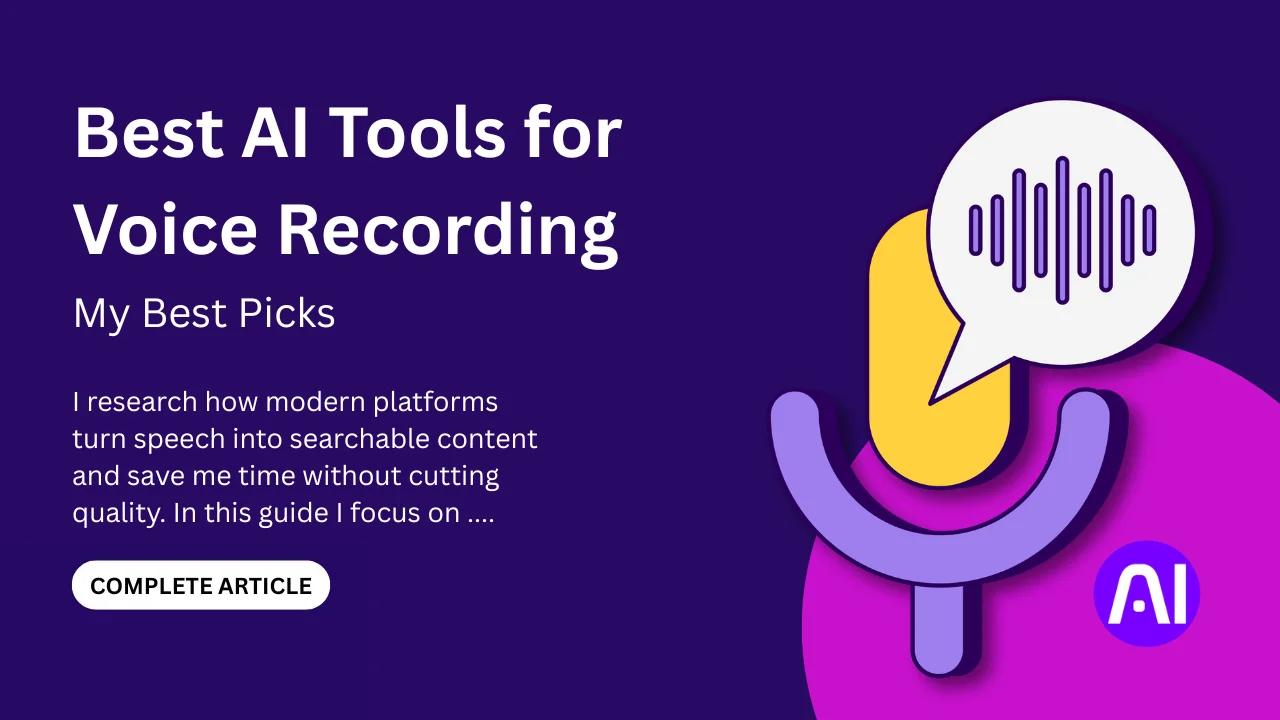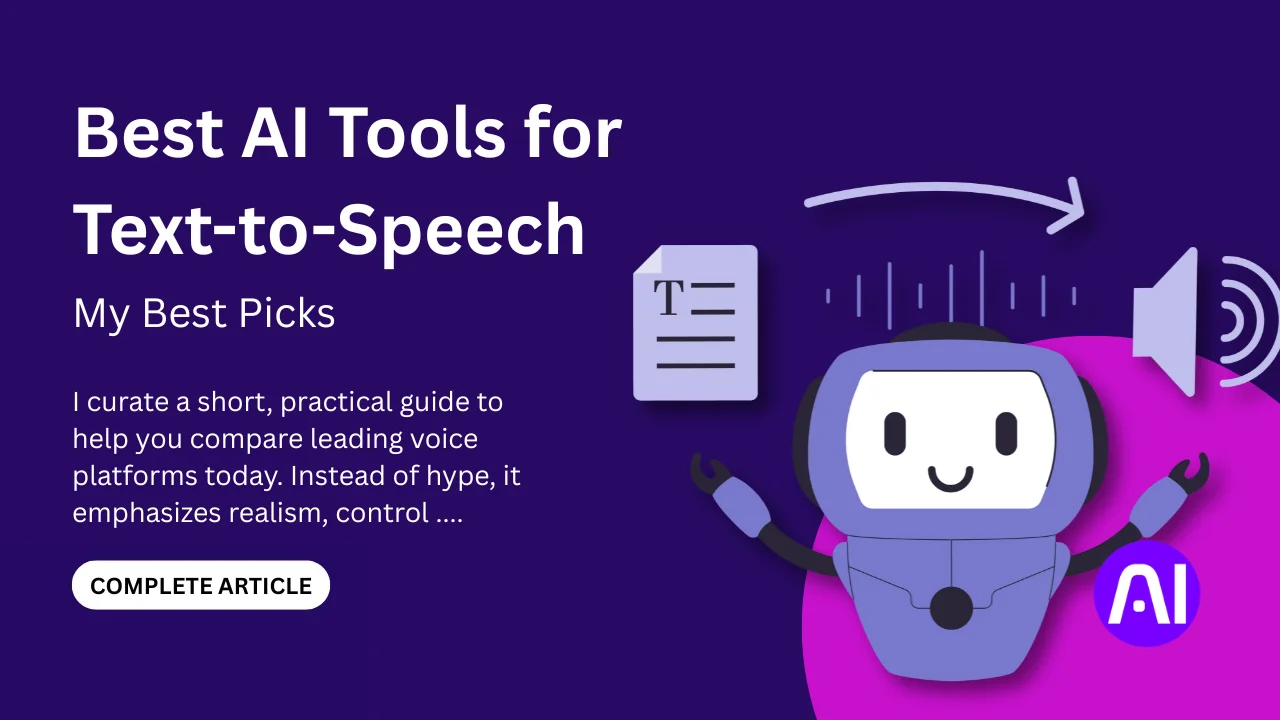OpenAI has just made a huge move in the AI world. On August 5, 2025, they released two open-weight language models called GPT-oss-20B and GPT-oss-120B. This is the first time in over five years that OpenAI has shared model weights with the public.
The models are free to use under the Apache 2.0 license, meaning developers can now run, fine-tune, and even build tools with them.
This article is not just about the breaking news. It also explains everything you need to know about these models. From how they are built and what they can do. Also find out what is Open-weight model and how these are different from Open-source AI models like ChatGPT3 to 4o, LLaMA 3 and Mistral.
Overview of GPT-oss 120b & GPT-oss 20b

On August 5, 2025, OpenAI released two powerful AI models, GPT-oss-20B and GPT-oss-120B. These are open-weight models, which means anyone can download, use, and modify them. They are built for local use, advanced reasoning tasks, and flexible real-world applications.
Technical Specs
GPT-oss-120B is built using a Mixture-of-Experts (MoE) design. It has 36 layers and 128 expert networks in each layer. For each input, only 4 experts are active, which keeps the model efficient. It has a total of 116.8 billion parameters, but just 5.1 billion are used at a time.
The model uses MXFP4 4-bit quantization, which makes it smaller and faster. It can run on a single NVIDIA H100 GPU with 80 GB of memory. The smaller model, GPT-oss-20B, uses a dense setup and is ideal for lighter tasks and faster processing.
Performance
Both models perform well in real tests. GPT-oss-120B scored high on MMLU, GPQA, and HLE benchmarks. These tests check a model’s skill in language, logic, math, and coding. The model also works well with tool use and reasoning chains.
They support context lengths up to 128,000 tokens, which is useful for long documents and detailed conversations. GPT-oss-120B performs close to OpenAI’s o4-mini model, especially in tasks that need step-by-step thinking.
Licensing & Use
OpenAI released these models under the Apache 2.0 license. This allows for free commercial use, changes, and redistribution. Anyone can fine-tune the models or use them to build new tools and apps.
They are already available on platforms like Hugging Face, llama.cpp, vLLM, and Ollama. You can run them locally or on your own servers. This gives full control over how the models are used without relying on cloud APIs.
Summary of their Overview
GPT-oss-20B and GPT-oss-120B represent a major return to open access by OpenAI. These models are powerful, efficient, and widely usable across different AI applications. With strong performance, flexible licensing, and support for local deployment, they open new doors for anyone looking to build with cutting-edge language technology.
What is Open-weight AI Model?

An open-weight AI model is a trained AI system where the learned values (called weights) are shared publicly. These weights are what the model learned after being trained on large amounts of data. They control how the AI understands language and gives answers.
Think of AI as a chef. A closed model is like getting food from a restaurant, you eat it, but you can’t see how it’s made. An open-weight model is like getting a trained chef to work in your kitchen. You didn’t train them, but now you can use their skills, change the recipe, and cook whatever you want.
With open-weight models, developers can download the model, run it locally, fine-tune it for their own needs, and use it without depending on a company’s API. Unlike closed models that are only available through paid cloud services, open-weight models give you full access and control.
What are “Weights” in AI Models?
Weights are the core building blocks of a trained AI model. During training, the model adjusts these weights, millions or even billions of small numerical values, to learn patterns in language, vision, or any input data. These values decide how the model makes predictions, writes responses, or classifies input.
Think of weights as the model’s memory of everything it has learned. They shape every decision the AI makes. Without weights, a model is just a blank structure with no intelligence or learned behavior.
For What Open-weight Models Are Best For?
Open-weight models are best for people who want full control over how AI is used. They let you run the model on your own computer, train it with your own data, and avoid paying for access through other companies.
They are often used in areas like healthcare, finance, education, and security, where private data must be protected. They’re also helpful in AI research and tech development, where testing and improving the model is important.
Open-Weight vs Open-Source Model

Many people mix up open-weight and open-source AI models. While both give more freedom than closed models, they are not the same. Each offers a different level of access, and knowing the difference helps you choose the right one for your needs.
An open-weight model gives you access to a trained AI model. You can download it, run it on your own machine, fine-tune it, and use it in your projects. But it does not include the training code or the original data used to teach the model.
An open-source model gives you much more. Along with the trained model, you also get the full code, training scripts, and often documentation. This means you can change how the model works, retrain it from scratch, or even use it to build a new version.
Access and Transparency
Open-weight models offer limited access. You can use the trained model but not see how it was built. Open-source models give full access. You can explore every part of the model, including how it was trained and how its parts work together.
Flexibility for Developers
Open-weight models are great when you need something ready to use. You can fine-tune them and run them offline. Open-source models are better if you want to go deeper. You can rebuild them, change their design, or train them for new tasks.
Licensing and Use Cases
Most open-weight models use licenses like Apache 2.0. These allow you to use the models in research or business. Open-source models use licenses like MIT or Apache, which give you full freedom to use, change, and share everything, including the code.
Here’s a simple table that shows the key differences:
| Feature | Open-weight Model | Open-source Model |
| Access to trained weights | Yes | Yes |
| Access to training code | No | Yes |
| Can fine-tune | Yes | Yes |
| Can retrain from scratch | No | Yes |
| Transparency | Some | Full |
| Licensing | Often flexible | Fully open |
| Best for | Using and customizing models | Full development and research |
If the Open-weight model is like hiring the expert chef in your kitchen. You didn’t train him, but you can use their skills, change the meals, and even teach the new recipes.
An Open-source model is like getting the expert chef but with everything that made him who he is, the cooking skills, the training process, and the recipe book. Now you can train new chefs just like him or change how he has been trained.
In short, open-weight gives you the trained expert. Open-source gives you the expert and the entire training system behind him.
You should check out this detailed comparison between GPT 4o vs GPT 4
Conclusion
OpenAI has released two new open-weight models, GPT-oss-20B and GPT-oss-120B, after five years. These models give people full access to powerful AI without needing to use paid APIs or online services. You can run them on your own machine, fine-tune them, and use them for many real-world tasks.
In this article, we explained what open-weight models are and how they work. We also looked at the difference between open-weight and open-source models. While both offer freedom, open-source models give you more control by sharing both the model and its code.
This release is a big step forward. It helps developers, researchers, and businesses work with AI in new and better ways, with more control, more privacy, and fewer limits.
Check out this amazing breakthrough on GPT-5, GPT-5 is Coming | The Best Model of OpenAI so far!
Trending Queries
What is an open-weight model?
An open-weight model is a pretrained AI model whose weights are publicly shared. This means you can download the model, run it locally, fine-tune it, and use it in your own tools or projects without depending on a third-party API.
How is open-weight different from open-source?
Open-weight means you get the trained model’s weights but not the training code or data. Open-source gives you both the weights and the full code used to build and train the model. Open-source is more transparent and gives more control.
Can I fine-tune open-weight models?
Yes, most open-weight models are designed to be fine-tuned. You can train them further using your own data to make them better suited for your specific use case or industry.
What hardware is needed to run GPT-oss-120B?
To run GPT-oss-120B efficiently, you need a strong GPU with high memory, such as the NVIDIA H100 with 80 GB VRAM. It uses a lightweight format, so it runs faster and uses less memory than traditional large models.
Can GPT-oss models run on regular laptops?
The smaller GPT-oss-20B model can run on high-end laptops, especially those with Apple Silicon or newer GPUs. It delivers fast output speeds and works well for local, personal testing and development.
Are there any weaknesses in GPT-oss-120B?
Some users report that GPT-oss-120B struggles with creative writing and may produce inaccurate or repetitive answers in open-ended tasks. However, it performs well in reasoning, coding, and structured prompts.
Why is OpenAI releasing open-weight models now?
Many believe OpenAI released these models to support open development and respond to growing demand for accessible AI tools. It also helps researchers and developers build advanced applications with fewer limits.
Will open-weight models replace closed models?
Not fully. Closed models may still perform better in some areas due to larger training data and controlled updates. But open-weight models offer freedom, lower cost, and better privacy, making them ideal for many users.

